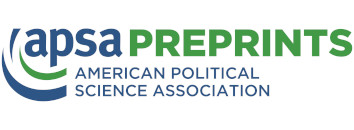Abstract
This paper reviews the syllabus design and pedagogical approaches used in a discussion-based classroom for how to teach the meaning of genocide in the twenty-first century. Given countervailing views and scholarly differences regarding the meaning of genocide since its entry into the lexicon and international law in the early twentieth century, this paper reflects upon the strengths of a comparative-historical method for introducing students to genocide studies. The paper's view details the curricular design of a course on genocide, which provided students with an introduction to the Holocaust, the Cambodian Genocide, the Rwandan Genocide, and Genocide in the Former Yugoslavia (Bosnia Herzegovina and Kosovo). The discussion offers both reflection on what worked well and lessons learned from teaching a topic that has been a springboard for controversy in the public sphere given the ongoing violence of Israel's war against Hamas in Gaza after the attacks of October 7th, 2023.


![Author ORCID: We display the ORCID iD icon alongside authors names on our website to acknowledge that the ORCiD has been authenticated when entered by the user. To view the users ORCiD record click the icon. [opens in a new tab]](https://preprints.apsanet.org/engage/assets/public/apsa/logo/orcid.png)
